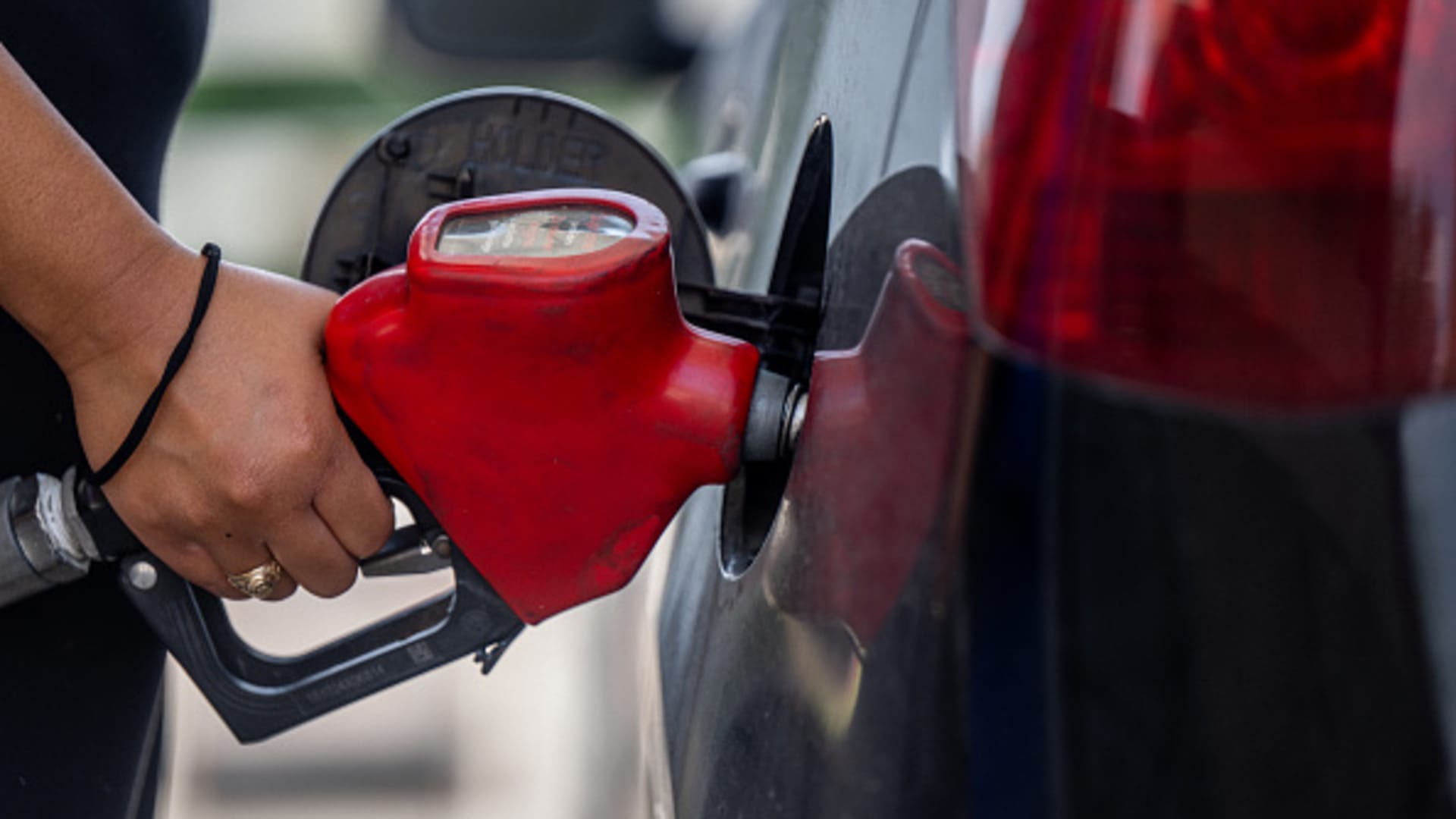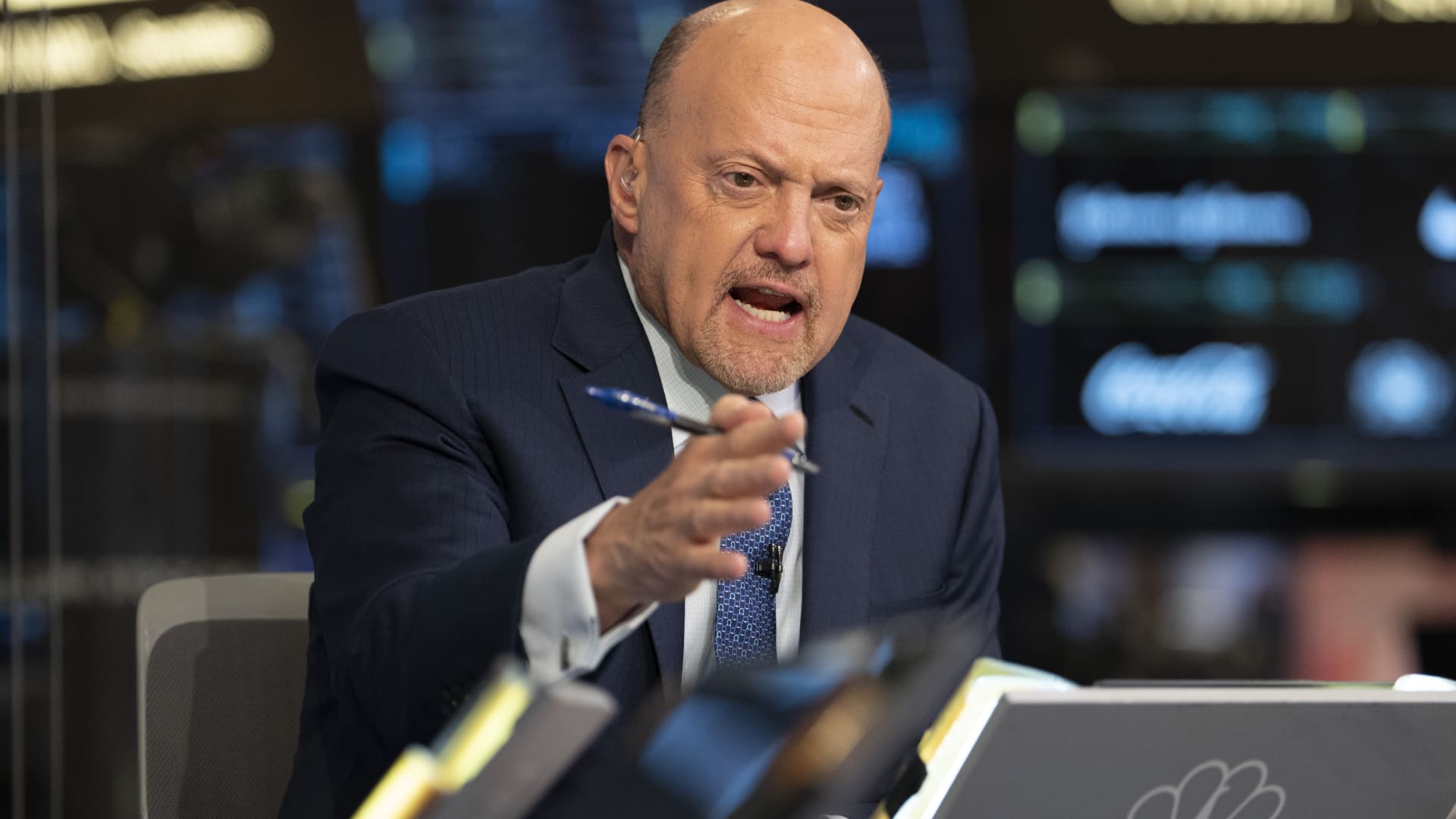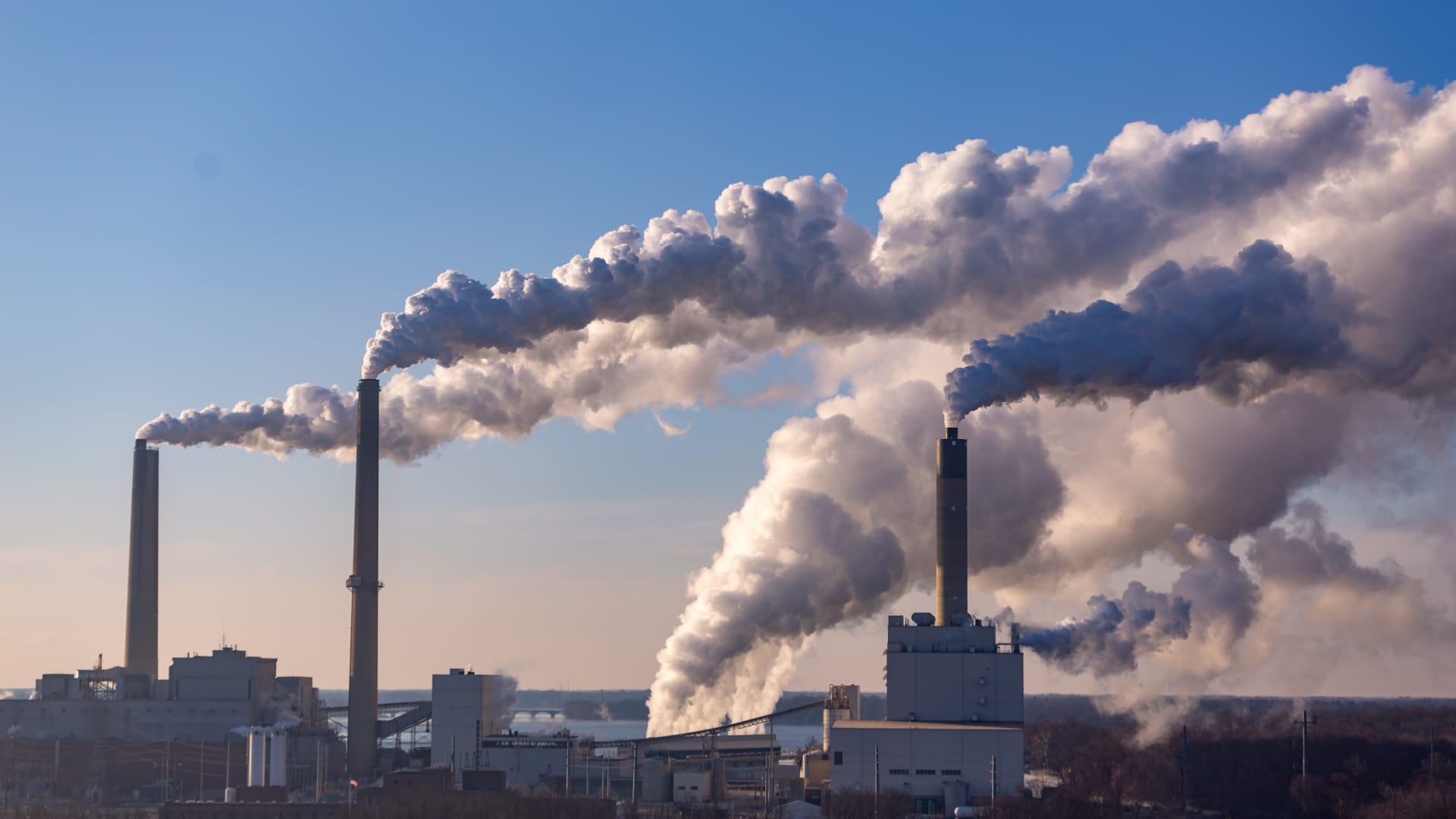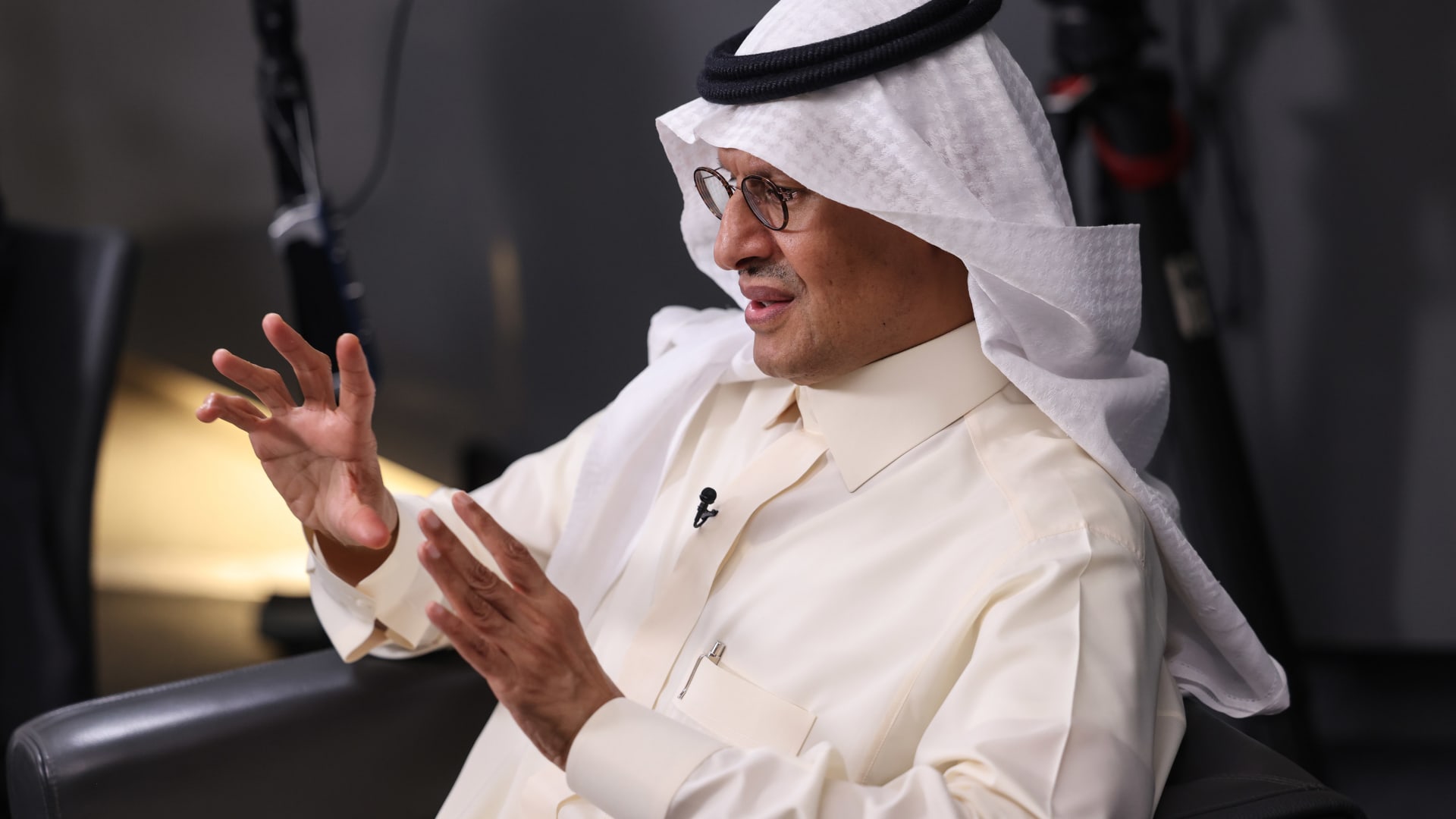Formula One Finalizes 2026 Engine Rules — More Electrons, Fewer Molecules (With Video)


After what seems like years of wrangling, the FIA has announced new technical rules that will govern the powertrains used by Formula One teams beginning with the 2026 season. At the center of the discussions about the new rules is the desire to attract new engine suppliers to the sport. Currently, if you want to race in Formula One, you have to chose an engine supplied by Ferrari, Mercedes, Renault, or Honda/Red Bull.
Volkswagen Group has been thinking of getting in on the fun for several years, but it is a car company and a mass production car company at that. There is an old expression in racing that says, “Win on Sunday, sell on Monday.” While that phrase originated in NASCAR, it explains why Volkswagen is not interested in getting involved with Formula One unless the engine technology is relevant to its production cars.
In Formula One today, the majority of teams are owned by car companies — Alfa Romeo, Ferrari, Mercedes, McLaren, Aston Martin, or Alpine (Renault). Only Red Bull, Williams, Haas, and Alpha Tauri (the Red Bull B team) are not involved in automobile manufacturing. The new rules have been crafted specifically to satisfy Volkswagen Group, which will now see two of its brands — Porsche and Audi — join the sport as engine suppliers in 2026.
Charting The Formula One Engine Changes
In a press release last week announcing the new 2026 engine regulations, FIA President Mohammed Ben Sulayem said, “The FIA continues to push forward on innovation and sustainability — across our entire motor sport portfolio — the 2026 Formula 1 Power Unit Regulations are the most high-profile example of that mission. The introduction of advanced PU technology along with synthetic sustainable fuels aligns with our objective of delivering benefits for road car users and meeting our objective of net zero carbon by 2030. Formula 1 is currently enjoying immense growth and we are confident these Regulations will build on the excitement our 2022 changes have produced.”
The new regulations are intended to support the four primary long term goals for Formula One:
- Maintaining the spectacle — the 2026 Power Unit will have similar performance to the current designs, utilizing high power, high revving V6 internal combustion engines and avoiding excessive performance differentiation to allow for improved raceability.
- Environmental sustainability — the 2026 Power Unit will include an increase in the deployment of electrical power to up to 50% and utilize a 100% sustainable fuel.
- Financial Sustainability — Financial Regulations regarding the Power Units will reduce the overall costs for competitors whilst retaining the cutting edge technological showcase that is at the core of Formula 1.
- Attractive to new Power Unit Manufacturers — the regulations are intended to make it possible and attractive for newcomers to join the sport at a competitive level.
Gone from the new powertrains will be the MGU-H, a device that harvested electricity from engine heat and used it to power an electric motor that in turn could spool up the turbocharger independent of the flow of exhaust gases. This device allowed the cars to avoid the lag time associated with turbochargers when the engines were operating at low speeds.
But the units were incredibly complex and complicated engine packaging considerably. At the start of the turbo hybrid era in 2014, the turbocharger and the MGU-H were bundled together and failure rates were high. Mercedes solved the packaging problem by splitting the MGU-H in half and positioning the components at either end of the engine. They were connected by a shaft running between the cylinder heads of the V-6 engine. Failure rates plummeted and it took most competitors years to catch up.
Turbochargers in road cars are largely a result of Formula One’s decision to use turbocharged engines in the 1980s. But the MGU-H technology has little relevance to passenger cars and so manufacturers like Volkswagen have been reluctant to join the sport. Now the MGU-H is gone and Volkswagen Group is in. That’s no coincidence.
The new rules tightly regulate the lower end of the engines — the block, crankshaft, and pistons. They also eliminate variable length air intakes and other gimmicks that expand the power range of the engines. But they leave engine suppliers more freedom to experiment with the cylinder heads, which appeals to the companies. They also encourage innovations in the batteries and electric motors that are incorporated into the hybrid powertrains. That’s an area that is highly relevant to companies like Volkswagen that are concentrating more on making electric vehicles and less on cars and trucks with internal combustion engines.
The new rules raise the total power available from the electric motor from 120 kW (160 hp) in today’s cars to 350 kW (470 hp). The engines will run on 100% sustainable fuels sourced from non-food plants, municipal waste, or carbon capture, meaning no new carbon dioxide will be added to the atmosphere by the engines. Output of the turbocharged 1.6 liter engine will remain at about 635 kW (850 hp).
Today, Formula One establishes a maximum fuel flow rate, but the new rules will mandate a maximum energy flow rate instead. Today’s cars are allowed 100 kilograms of fuel for a race, but the new engine formula will limit them to no more than 80 kilograms of fuel, which will place a premium on strategies that maximize the amount of electrical energy harvested during a race. For more specifics about the new 2026 rules, see the latest technical bulletin from the FIA.
The Takeaway
Over the years, engine manufacturers have come and gone from Formula One. Honda, Toyota, and Ford have gotten heavily involved at one time or another. All quit the sport when costs accelerated beyond expectations and/or results on the track lagged behind projections. Honda jumped back in to become the engine supplier for Red Bull a few years ago, but then backed out again, although it agreed to continue working with Red Bull Technology, which now supplies the power units for its race cars. Porsche has now jumped into the Formula One game via Red Bull Technology, according to Mark Hughes of The Race.
Audi has forged a relationship with the Alfa Romeo/Sauber team and reportedly will become its engine supplier in 2026, although whether it will still be called Alfa Romeo at that point is unclear. Why would Audi and Porsche be involved with teams that compete against each other? Because racing improves the breed. Ultimately, anything one Volkswagen Group division knows filters through the organization to all the other divisions. Audi and Porsche also compete within the Group, with each developing its own electric car chassis.
Formula One is hugely popular worldwide, which makes it a dream venue for marketing departments. There was a time when the sport was dominated by individuals like Bruce McLaren, Dan Gurney, Colin Chapman, and Enzo Ferrari — people who sold cars to support their racing activities. Now those racing activities support the sale of cars.
None of this addresses the enormous carbon footprint of Formula One which flies around the world to races some 24 or more times a year, or the carbon emissions of all the cars fans drive to those races. But that critique can be leveled against every sporting event in the world. Formula One is making a valiant effort to remain relevant while not killing the goose that laid the golden egg. Judging by its millions of avid fans, whatever it is doing is working just fine.
[embedded content]
Appreciate CleanTechnica’s originality and cleantech news coverage? Consider becoming a CleanTechnica Member, Supporter, Technician, or Ambassador — or a patron on Patreon.
Don’t want to miss a cleantech story? Sign up for daily news updates from CleanTechnica on email. Or follow us on Google News!
Have a tip for CleanTechnica, want to advertise, or want to suggest a guest for our CleanTech Talk podcast? Contact us here.
Advertisement
This post has been syndicated from a third-party source. View the original article here.




